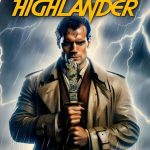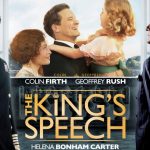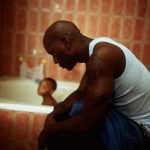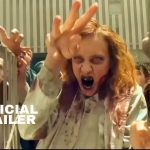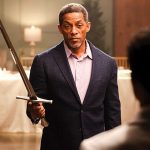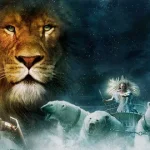🎬 The French Connection (1971)
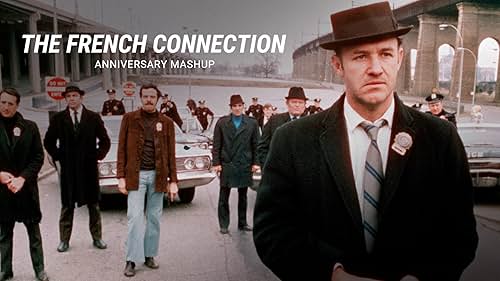
🎬 The French Connection (1971): A Gritty Hunt Through the Underworld
The French Connection (1971) is a hard-hitting crime thriller that redefined the genre with its raw storytelling, intense performances, and groundbreaking action sequences. Directed by William Friedkin, this Academy Award-winning film dives deep into the seedy underbelly of international drug trafficking and the relentless pursuit of justice by two unconventional detectives.
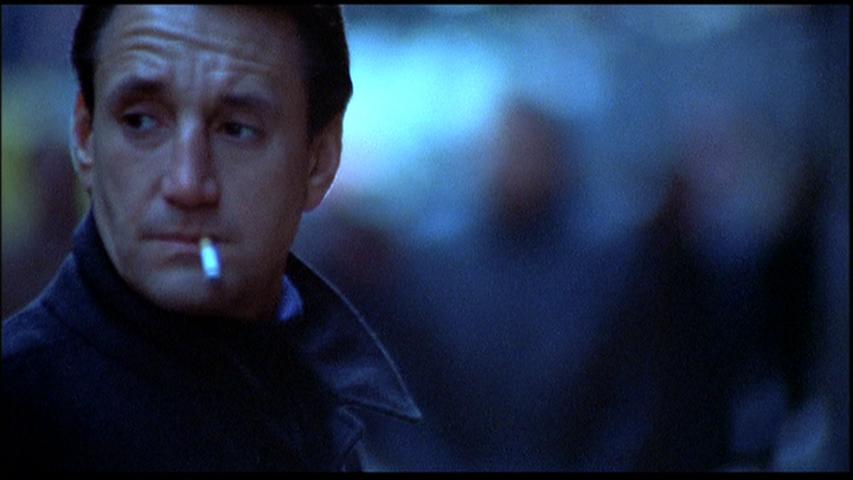
At the heart of the film is Gene Hackman’s Oscar-winning performance as Detective Jimmy “Popeye” Doyle, a rough-around-the-edges New York City cop with an unrelenting drive and a penchant for breaking the rules. Alongside him is Roy Scheider as Detective Buddy “Cloudy” Russo, Doyle’s steadfast partner, whose grounded approach contrasts with Doyle’s abrasive personality. Together, they form a formidable team tasked with dismantling a sophisticated heroin smuggling operation.
The story centers on the titular “French Connection,” a lucrative drug pipeline from France to New York City. Doyle and Russo, through their gritty street-level work, uncover a complex scheme led by the suave and elusive French drug kingpin Alain Charnier (Fernando Rey). The detectives’ obsessive pursuit leads to a high-stakes game of cat and mouse, with each step taking them deeper into the dangerous world of organized crime.
The film’s standout moment is its legendary car chase sequence, widely regarded as one of the greatest in cinematic history. In this heart-pounding scene, Doyle commandeers a car to pursue an elevated subway train carrying a fleeing assassin. Filmed on the streets of Brooklyn without permits for maximum realism, the sequence is a masterclass in tension and kinetic energy, showcasing Friedkin’s innovative direction and Hackman’s unyielding intensity.
Cinematographer Owen Roizman’s work immerses viewers in the gritty realism of 1970s New York, with its cold, desaturated tones and stark urban landscapes. The handheld camera techniques and documentary-style visuals lend a raw, almost voyeuristic feel to the action, making every moment feel immediate and authentic.
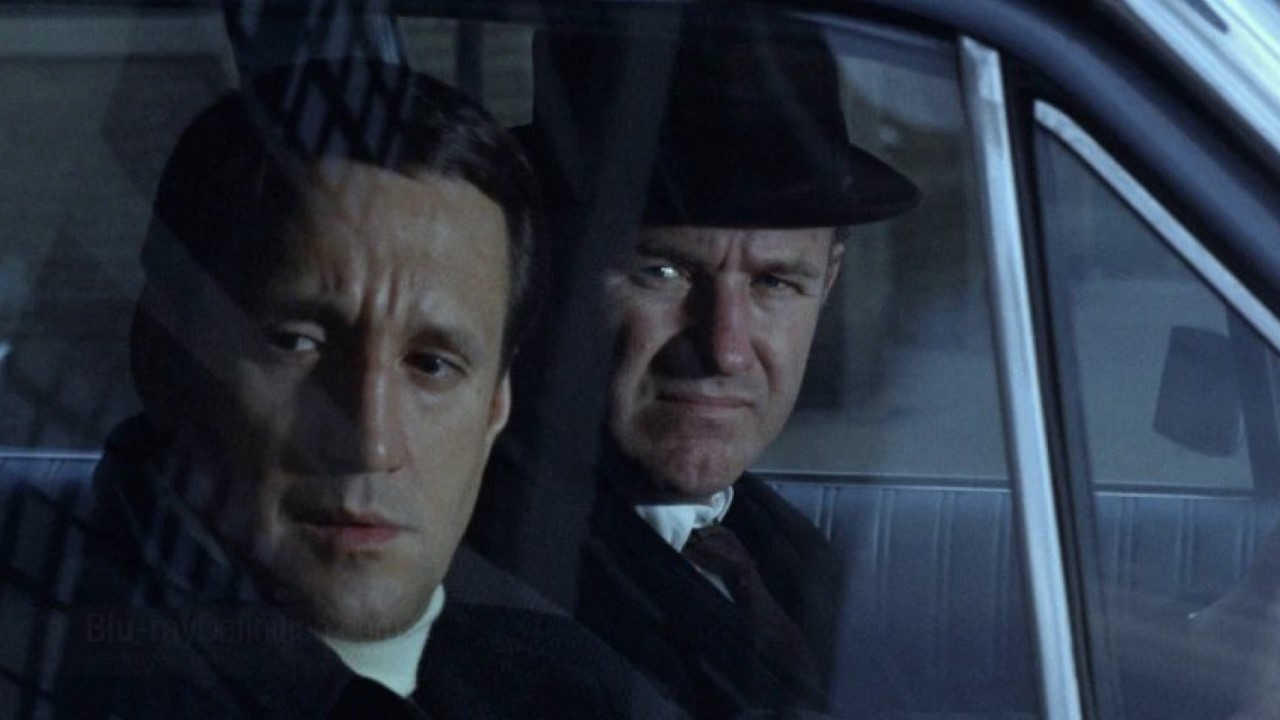
The script, based on Robin Moore’s nonfiction book, captures the moral ambiguity of law enforcement, blurring the lines between right and wrong. Doyle’s relentless drive to catch the criminals often leads him to cross ethical boundaries, raising questions about the cost of justice and the lengths one should go to uphold it.
The film’s pacing is taut, balancing moments of quiet investigation with explosive bursts of action. Every scene serves to build tension, culminating in a hauntingly ambiguous ending that lingers long after the credits roll. The unresolved nature of the film’s conclusion underscores the complexities of the real-world drug trade, where victories are often partial, and justice can feel elusive.
The French Connection swept the 1972 Academy Awards, earning five Oscars, including Best Picture, Best Director, and Best Actor for Hackman. Its impact on the crime thriller genre is immeasurable, influencing countless films with its gritty realism, moral complexity, and relentless pacing.
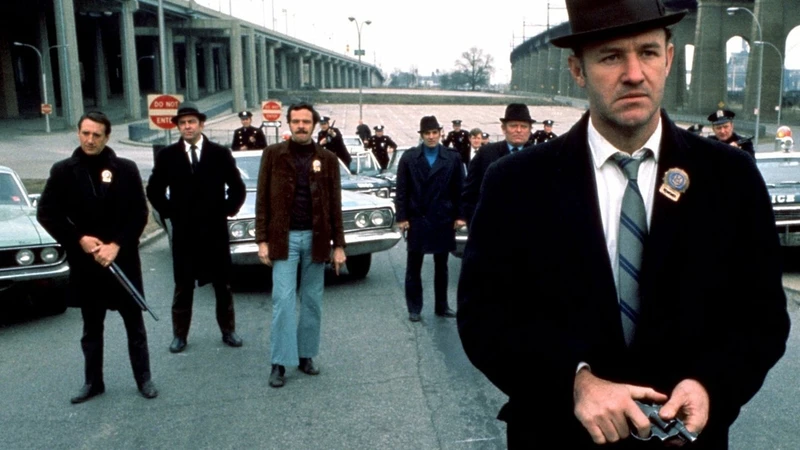
More than just a tale of cops and robbers, The French Connection is a gripping exploration of obsession, corruption, and the thin line separating lawmen from the criminals they chase. It’s a must-watch for anyone who appreciates masterful storytelling and edge-of-your-seat suspense. 🚔💉
